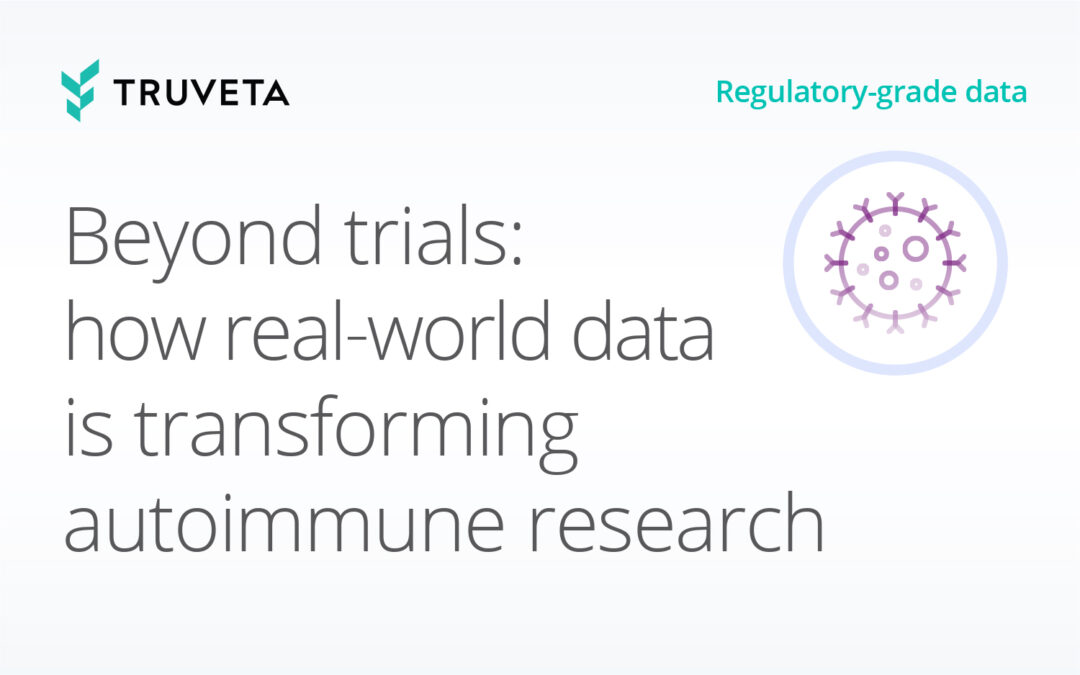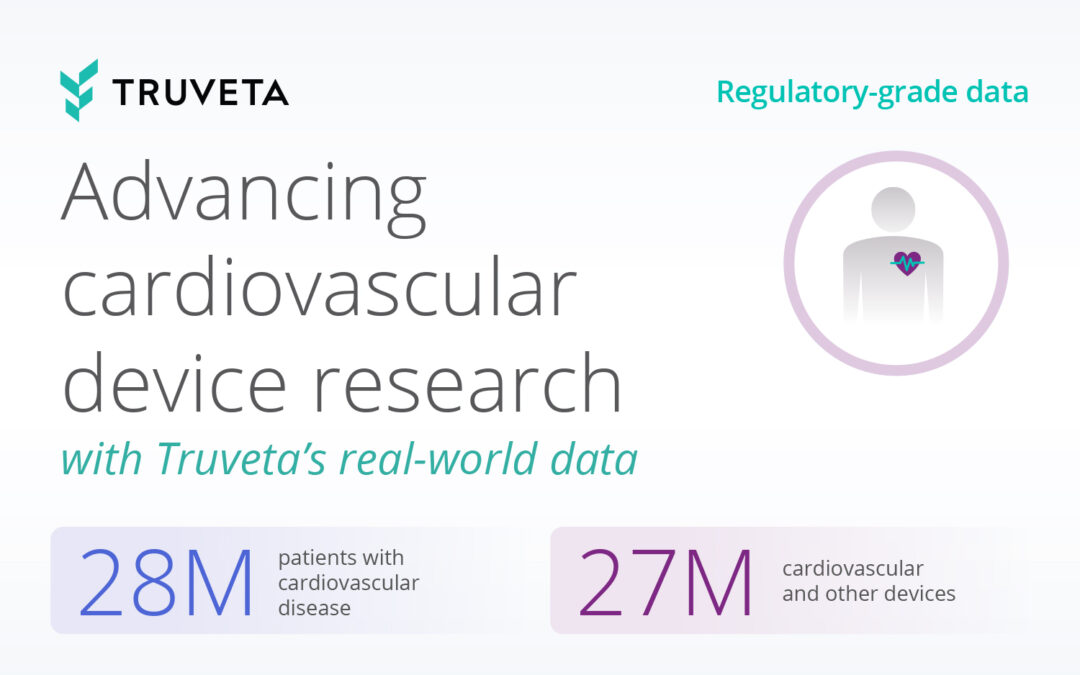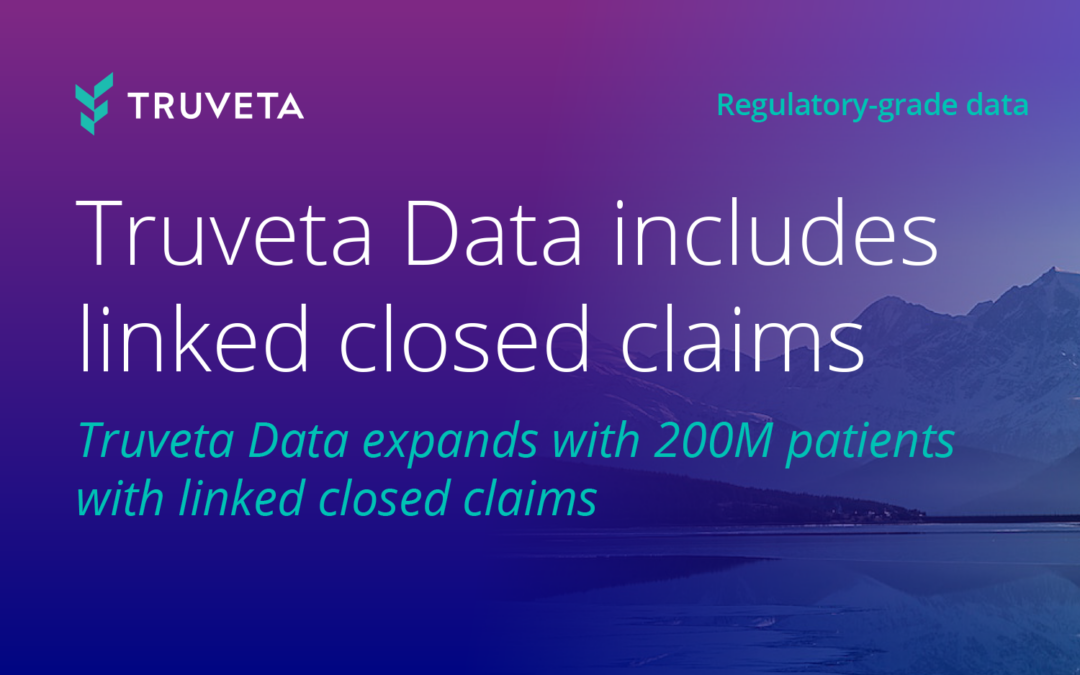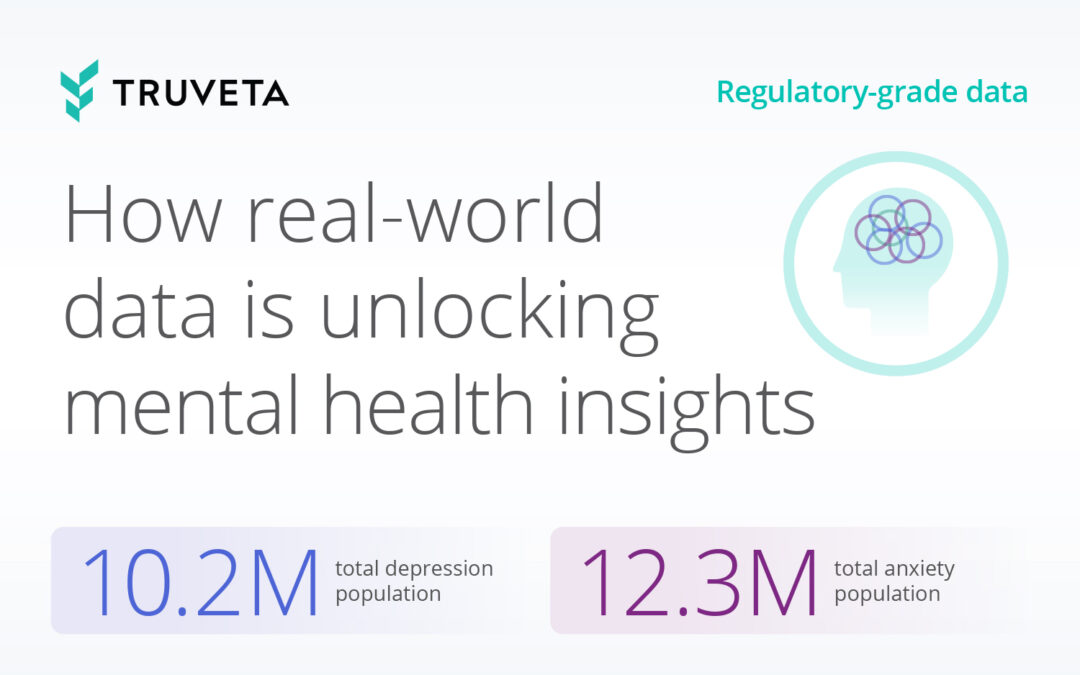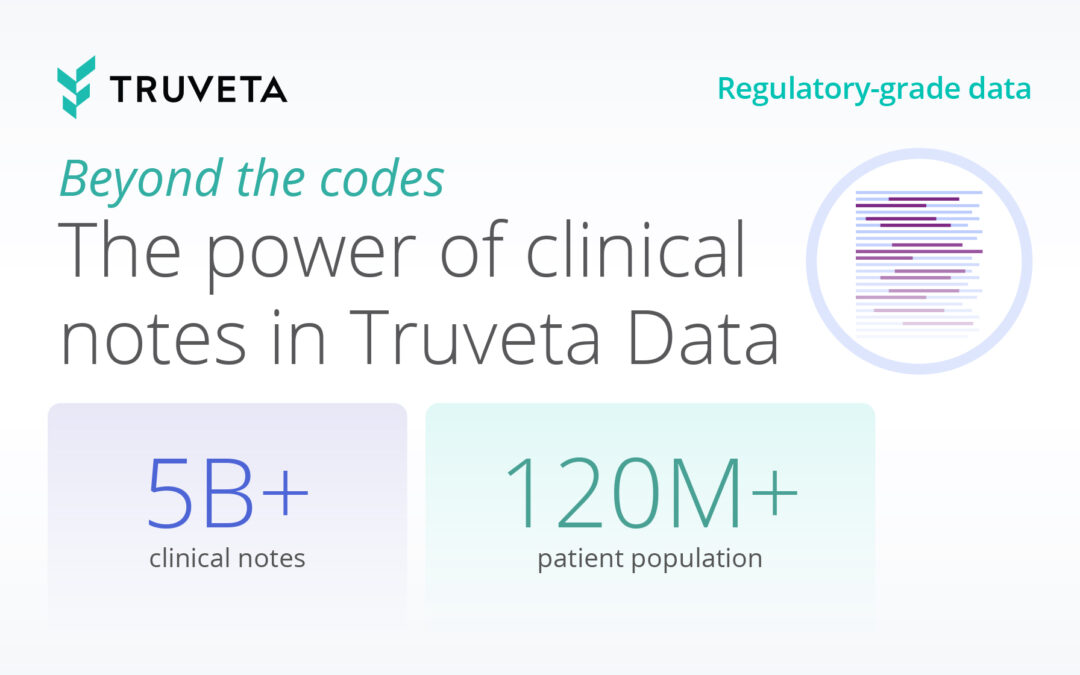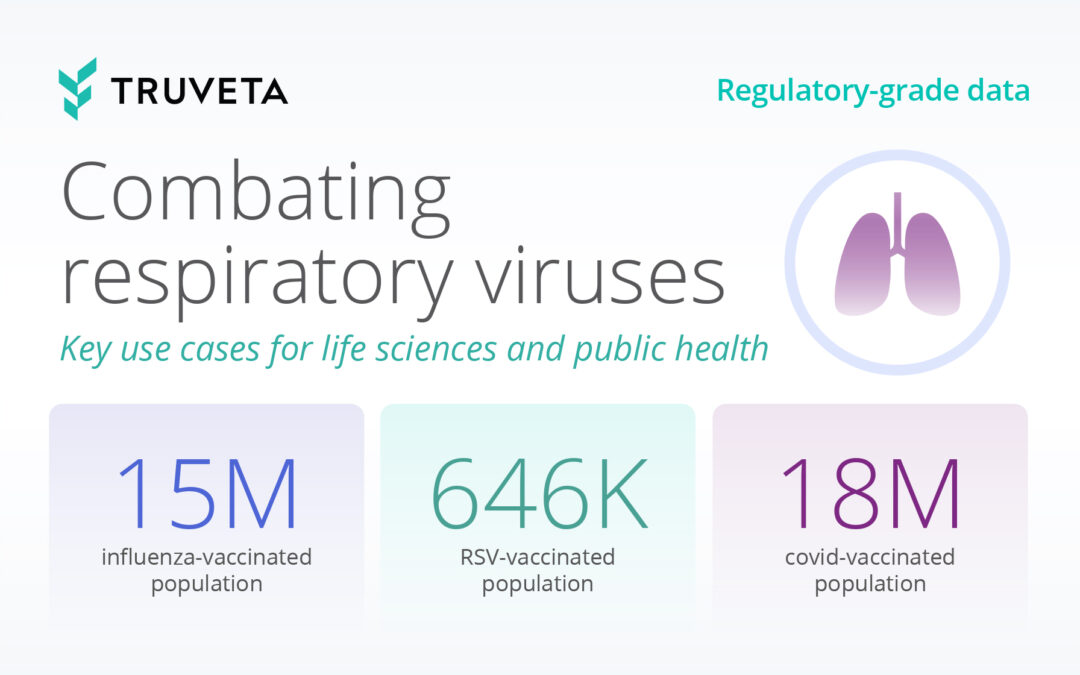A common misconception is that drugs and devices must gain explicit approval from the FDA for each specific use before healthcare providers can employ them. However, a practice known as off-label use challenges this notion, revealing a broader landscape of treatment possibilities beyond what’s officially sanctioned. And it’s a phenomenon that is surprisingly widespread. Examples of off-label use include patients receiving GLP-1 drugs labeled for type 2 diabetes to aid in weight loss, or providers using surgical staplers approved for abdominal surgeries in thoracic surgeries.
So, how common is off-label use, why does it occur, and what is needed to expand an approved drug or device’s label for a new use? Read on for answers to frequently asked questions.
What is off-label use of drugs or devices?
Off-label use occurs when a healthcare provider uses a currently available and marketed drug or device in a way that is not explicitly approved by the FDA.
For drugs, this may mean using a medication for an indication (i.e., condition), patient population, dosage, dosage form, or dosage regimen that has not received FDA approval. For devices, this may mean using the device for a population, indication, anatomical site, or body part not explicitly approved by regulatory agencies; delivering the device via a new insertion technique or delivery method; using the device longer than the duration initially specified in its labeling; or using the device in different clinical settings or environments than those originally studied.
While the FDA approves medications and devices that have been shown to be safe and effective for specific indications, it does not control how those therapies are used by healthcare providers once on the market.
How common is off-label use in the US?
An estimated 21-32% of all prescriptions in the US are written for off-label uses. However, the rate of off-label prescribing may be as high as 97% in populations commonly excluded from clinical trials, such as pediatric or pregnant patients, or patients with rare diseases, cancer, or psychiatric conditions.
Similarly, off-label use of devices is known to occur across medical specialties and device types, but frequency can vary widely based on the device and clinical context.
Why does off-label use occur?
Healthcare providers may choose to use drugs and devices off-label for several reasons:
-
- The therapy/device may not have been studied and approved for a specific population. As noted above, this is common for pediatric, geriatric, and pregnant patients, as well as those with cancer, rare diseases, or psychiatric conditions, since these groups are often excluded from clinical trials. Up to 97% of pediatric inpatients receive at least one off-label prescription, for example. And for devices, off-label applications may even be considered standard of care in pediatric populations, such as use of dilation balloons for pulmonary artery stenosis and valvular aortic stenosis.
- Emerging evidence or clinical experience may suggest alternative uses or benefits beyond approved indications. Botox, for example, was originally approved to treat rare eye muscle disorders, but is now approved for cosmetic use and treatment of chronic migraines.
- A clinician needs to customize the dosage or delivery method of a therapy based on a patient’s needs. For example, a patient with swallowing difficulty may need to receive a drug via a method other than an oral pill, and an elite athlete with diabetes may need customized insulin pump delivery options to ensure reliable insulin delivery during physical activities.
- Limited treatment options or clinical circumstances may necessitate innovative uses of therapies to address unmet medical needs. This is especially common when a condition is terminal or life-threatening. Ketamine, for example, has been shown to provide significant pain relief and improved quality of life for patients with advanced cancer.
- The clinician wants to substitute a medication in the same drug class that does not have approval for a given indication. Different selective serotonin reuptake inhibitors (SSRIs), for example, may be substituted for one another based on side effect profiles and patient needs, even if it means using one for an off-label indication.
What is label expansion?
Label expansion, also known as indication expansion or label extension, refers to the process by which a company seeks approval from the FDA for additional indications or uses of a drug or device that has already been approved.
Why would a drug or device manufacturer pursue label expansion?
There are many reasons why a company might pursue label expansion:
-
- Patient access: Label expansion can improve patient access to effective therapies by providing more options for various medical conditions and improve the likelihood of insurance coverage.
- Patient safety: Label expansion can lead to more informed decision making by healthcare providers, more consistency in prescribing/device use practices, and enhanced safety monitoring.
- Market expansion: By gaining approval for additional indications, life sciences companies can increase the market potential for their products, enabling them to reach a broader patient population.
- Competitive advantage: If a drug or device demonstrates efficacy for multiple indications or uses, it may be perceived as a versatile and valuable treatment option.
- Lifecycle management: Extending the approved uses of a drug or device can extend its patent life.
- Regulatory incentives: Regulatory agencies may provide incentives for the development of drugs or devices for certain conditions, such as those intended to treat or diagnose rare diseases. These incentives, which include orphan drug/device designations, can facilitate the development and approval process for label expansion.
What type of evidence is required to support label expansion?
The FDA requires sufficient evidence of a product’s safety and efficacy for each proposed indication. The regulatory process for label expansion typically involves submitting new data to support the expanded use, and approval is granted based on the evaluation of the new evidence by regulatory authorities.
The FDA has been exploring the use of real-world evidence (RWE) to complement or replace the need for traditional clinical trial data, including for label expansion efforts. Drug manufacturers can reference the FDA’s framework created in 2018 to evaluate the use of RWE to support approval of new drug indications, while device manufacturers can reference draft guidance issued in December 2023, specific to use of real-world evidence (RWE) in regulatory decision-making for medical devices.
To use RWE to support label expansion efforts, the data must be of sufficient quality and relevance that the FDA can be assured of the external validity of study conclusions and compliance with regulatory standards of safety and efficacy.
Next, read our blog on the role of real-world data in accelerating medical device label expansion and stay tuned for drug label expansion content.


